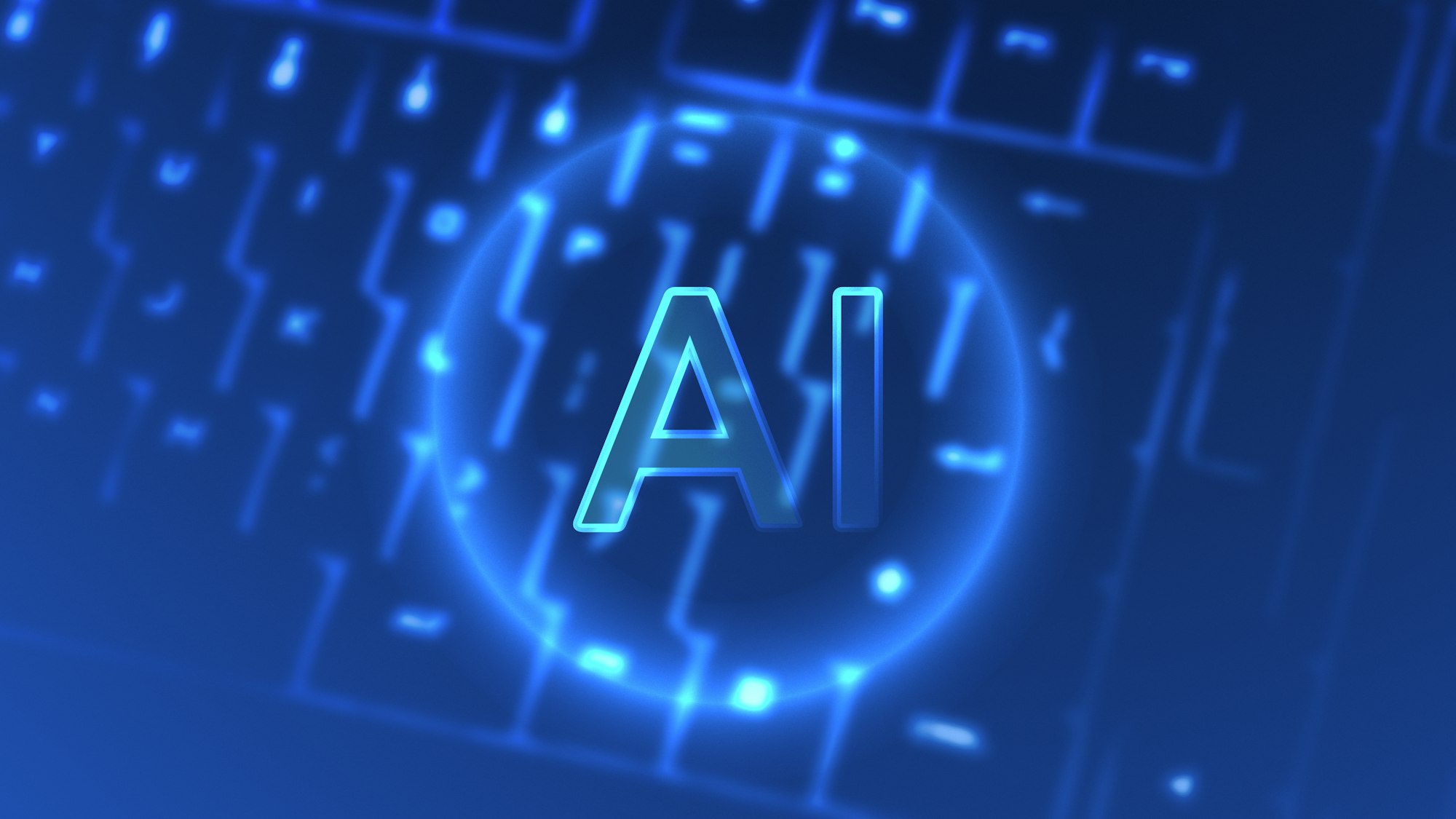Intro to AI’s Big Adventure
So, AI has been a game changer lately, right? It’s been shaking up how things work, from robots that learn on their own to smart tech that changes the game in hospitals, cars, and banks. But here’s the thing – AI’s journey isn’t just a straight shot to the top. It’s more like a roller coaster, with big climbs, thrilling drops, and loops. This guide is all about getting why AI’s ride goes the way it does and how folks can roll with the punches.

The Big Boom of AI
How It All Started
AI kicked off a huge party by showing us it could do some pretty cool stuff with data and learning. This got things moving in a bunch of areas:
- Smart Learning Tricks: New tech made it possible for machines to learn on the fly, which is kind of their superpower.
- Data, Data Everywhere: We’re all about making data these days, and AI needs loads of it to get smarter.
- Power Up: Tech got better and cheaper, making it easier to do big AI projects.
- Show Me the Money: Investors saw AI as the next big thing and started pouring cash into it.
Changing the Game
AI’s not just for show; it’s really making things better in lots of places:
- Healthcare: AI is helping doctors diagnose illnesses faster and more accurately.
- Cars: Self-driving tech is aiming to make roads safer and cut down on traffic jams.
- Banks: AI is making banking smoother and more secure for everyone.
Hitting the Brakes
The Crowded Party
As AI got hotter, more people wanted in, but that meant the really unique stuff started to get lost in the noise. Plus, there were some hiccups:
- Too Many Cooks: With everyone jumping into AI, it’s harder to stand out.
- Rulebook Rewrites: People started worrying about privacy and safety, so governments began tightening the rules.
- Cost Concerns: Dropping big bucks on AI tech made companies start to really think about what they were getting out of it.
Shifting Gears
To keep up, businesses need to tweak how they’re doing things:
- Innovate or Bust: Keep pushing the boundaries of what AI can do.
- Play Nice: Making sure AI is used in a way that’s cool with everyone can actually set you apart.
- Team Up: Working together with other businesses and schools can help keep the AI dream alive.
What’s Next for AI
Even as things start to level out, AI’s not going anywhere. We’re looking at:
- Doing the Right Thing: Expect a lot of talk about making sure AI is used in ways that are good for society.
- Humans + AI: Using AI to boost what humans can do, not replace them.
- Custom Solutions: AI that’s tailor-made for specific problems will be where it’s at.
Wrap-Up
AI’s journey is all about ups and downs. Understanding that and being ready to adapt is key. The future’s about rolling with the changes, keeping innovation alive, and making sure AI is used in the right way. If we can do that, AI will continue to be a big player in making our world a better place.

FAQs on AI’s Cyclical Evolution
What triggers the ‘boom’ phases in AI development?
The ‘boom’ phases in AI are typically triggered by breakthroughs in machine learning algorithms, which allow computers to learn from data with little human intervention. Other catalysts include exponential increases in data availability, enhancements in computational power and infrastructure, and substantial investment from venture capitalists and tech giants recognizing AI’s potential to revolutionize various industries.
How does AI impact different industries?
AI’s impact is profound and varied across sectors:
- Healthcare: AI tools enhance diagnostic accuracy, personalize treatment plans, and streamline administrative operations.
- Automotive: Autonomous driving technology promises to reduce accidents, improve traffic management, and revolutionize personal and public transportation.
- Finance: AI improves accuracy in risk assessment, automates routine tasks, enhances customer service, and secures transactions against fraud.
What are the signs of a ‘bust’ or stabilization phase in AI?
Signs that AI is entering a bust or stabilization phase include:
- Market Saturation: The influx of companies in the AI market reduces the distinctiveness of early innovations.
- Regulatory Hurdles: As AI applications proliferate, governments impose stricter regulations to address privacy, ethics, and safety concerns, slowing down innovation.
- Economic Constraints: Companies scrutinize the high initial costs and unclear ROI of AI implementations, pushing for more economically justifiable technologies.
How can companies adapt to the stabilization phase of AI?
Companies can adapt by:
- Focusing on Innovation: Continually developing new AI applications and refining existing ones to maintain a competitive edge.
- Prioritizing Ethical AI: Adopting and promoting ethical AI practices to enhance brand reputation and consumer trust.
- Collaborating: Forming strategic partnerships with other firms, governments, and academic institutions to share knowledge, resources, and innovations.
What future trends are expected to shape AI development?
Looking ahead, AI development is likely to be influenced by:
- Ethical AI: Increased focus on developing AI in an ethical, transparent, and accountable manner will shape its integration across applications.
- Augmented Intelligence: Emphasizing AI’s role to complement and augment human intelligence rather than replace it, ensuring collaborative human-machine interactions.
- Industry-Specific AI: The rise of customized AI solutions tailored to address distinct challenges in specific sectors will enhance effectiveness and market relevance.
By understanding these dynamics and preparing strategically, businesses and individuals can leverage AI to its full potential, ensuring it acts as a catalyst for innovation and improvement rather than a source of disruption.
Sources The Guardian


